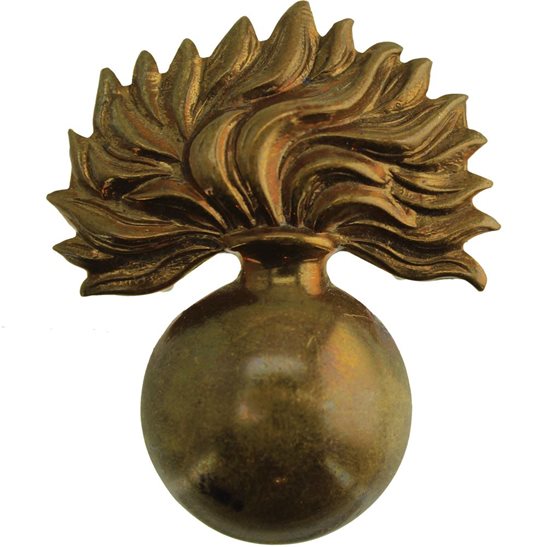Personal Details
Born: 18 May 1897 in Ellesmere, Shropshire.
Family: He was the second of at least four children born to Edward Price, a coachman and his wife Mary Jane, nee Humphries. He married Mary E Cutler in 1929 in Whitchurch, Shropshire. The couple had two children, Mary and George E.
Residence: In 1901 he and his family were living at Perthy, Frankton, Shropshire. By 1911 the family had moved to Wicksted Cottage, Wicksted Hall, Wirswall, Whitchurch. An address of 12 Catteralls Lane, Whitchurch was given for him on his Attestation in 1915. In 1939 and now married, he was living at 38 Wayland Road, Whitchurch. This continued to be his home until his death in 1971.
Education: He was admitted to Marbury School, Cheshire on 26 August 1907.
Employment: In 1915 he was a railway porter. By 1939 he was a shunter working for the LM&S Railway Company.
Died: In 1971 in Whitchurch Cottage Hospital and buried at Whitchurch Cemetery on 2 July 1971, aged 74.
Military Details
Regiment: Grenadier Guards
Rank: Private
Service Number: 29587
Date of Enlistment: 19 November 1915
Date of Discharge: 17 October 1919
Reason for Discharge: Demobilisation
Walter was awarded the Campaign Medals (British War medal and Victory medal)

The British War Medal (also known as 'Squeak') was a silver or bronze medal awarded to officers and men of the British and Imperial Forces who either entered a theatre of war or entered service overseas between 5th August 1914 and 11th November 1918 inclusive. This was later extended to services in Russia, Siberia and some other areas in 1919 and 1920. Approximately 6.5 million British War Medals were issued. Approximately 6.4 million of these were the silver versions of this medal. Around 110,000 of a bronze version were issued mainly to Chinese, Maltese and Indian Labour Corps. The front (obv or obverse) of the medal depicts the head of George V. The recipient's service number, rank, name and unit was impressed on the rim.
The Allied Victory Medal (also known as 'Wilfred') was issued by each of the allies. It was decided that each of the allies should each issue their own bronze victory medal with a similar design, similar equivalent wording and identical ribbon. The British medal was designed by W. McMillan. The front depicts a winged classical figure representing victory. Approximately 5.7 million victory medals were issued. Interestingly, eligibility for this medal was more restrictive and not everyone who received the British War Medal ('Squeak') also received the Victory Medal ('Wilfred'). However, in general, all recipients of 'Wilfred' also received 'Squeak' and all recipients of The 1914 Star or The 1914/1915 Star (also known as 'Pip') also received both 'Squeak' and 'Wilfred'. The recipient's service number, rank, name and unit was impressed on the rim.

